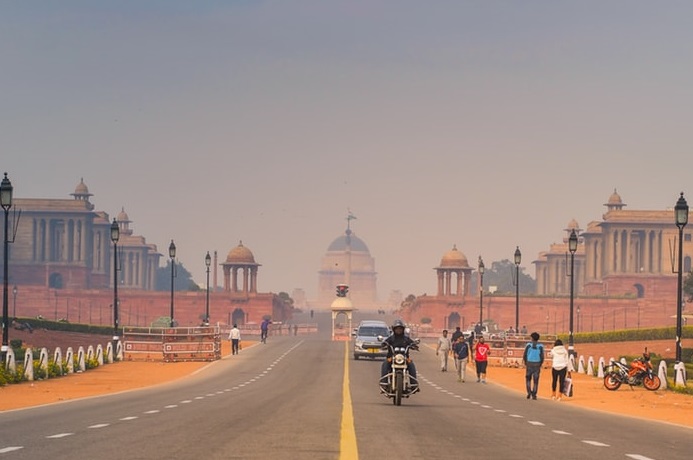
Press freedom in India: The government is gearing up to grant sweeping powers to Press Information Bureau to determine the veracity of news about the government bodies. While the media agency may not have powers to take down news items, social media agencies that do not comply with the PIB notice will lose the immunity as intermediaries. This will allow aggrieved parties to take the platform to court, classifying it as a publisher of content. The government will soon notify the latest PIB ruling. The government is also working to form a body that will be tasked with fact-checking news which is not related to the government.
In January, the government had deferred notifying the contentious proposal under the IT Rules. This proposal mandated intermediaries to take down content that are flagged as fake by the fact check unit of the PIB. At that time, the government had said that the provision needed a fresh round of consultations. The draft proposal could mean the government exerting more influence on the content that is shared on social media platforms.
READ | SVB collapse: The lessons for banks, regulators
Why critics are worried for press freedom
Advocates of free speech are already up in arms, saying that the plan to make the government the arbiter of truth is worrying. This is worrisome in the light of the rise of extremism in the last few years and how governments across the world have become intolerant to criticism. In fact, making PIB the official fact-checker of government-related news is itself a wide-ambit and can cover anything. It is very much comparable to other tools of suppression such as “national interest and security”.
The Editors Guild of India (EGI) had raised concerns about the move in an open letter to the ministry of electronics and IT on January 24. It had said that the move would lead to government censorship. Currently, the guild has members from various Indian media outlets including Malayala Manorama, Hindustan Times, The Tribune, Scroll.in, Jansatta, Dainik Bhaskar, The Quint, and Sakal Media Group.
The government’s move comes at a time when India as the G20 host has been projecting itself as the mother of democracies. It is difficult to understand the utility of the move at a time most media companies are functioning like mouth-pieces of the government. This will leave little space for media to function in an effective manner. Maybe that is the whole point of it. Regulating intermediaries and putting onus on them to comply with the government also sets a terrible precedent for lawmakers elsewhere who look to India’s lead in laws governing Big Tech.
The government, however, says it is waiting for tech companies such as Google, Meta and Twitter to send in their proposals for the fact checking self-regulatory organisation and will not move ahead with forming an agency of its own for fact checking of non-government news until companies come up with a structure for an SRO.
The Indian media is already at a precarious position with various global rating agencies pointing out how Indian media is losing its freedom to big money and government pressure. Most media houses are now owned by corporates that run their agenda without impunity. Corporate-owned media houses will also be averse to antagonising the government with negative coverage. The independent news media landscape in the world’s largest democracy is slowly vanishing.
It is no surprise that India’s ranking in the World Press Freedom Index has been slipping to new lows. According to the latest ranking, India has dropped to 150th position from last year’s 142nd among 180 nations. However, the government continues to deny the credibility of such report and country rankings of the World Press Freedom Index which are published by an NGO Reporters Without Borders (RSF).
READ | MGNREGA: States should follow Jharkhand’s BHGY lead
The report shows that the gap between India and authoritarian countries such as Saudi Arabia, North Korea, and Myanmar is shrinking fast. This highlights the state of affairs in the media industry in India. Politically controlled media, the safety of journalists, and the concentration of media ownership have been highlighted by RSF as the reasons behind India’s low ranking in press freedom index.
The political leadership of India in the last few decades has been undermining press freedom in the country. There has been an utter disregard towards the need for free press and the governments continued to question the credibility of press freedom indices. Indian democracy has been going through a tough time in the last few decades. The RSF ranks India among the five most dangerous countries for journalists. Between 2010 to 2022, more than 45 journalists were killed in India.
In a written reply to a question in the Lok Sabha, Information and Broadcasting Minister Anurag Thakur said the government also does not agree with the conclusions drawn by the ranking organisations for various reasons such as low sample size and, little weightage to fundamentals of democracy. The government also says that their methodology is questionable and non-transparent.
